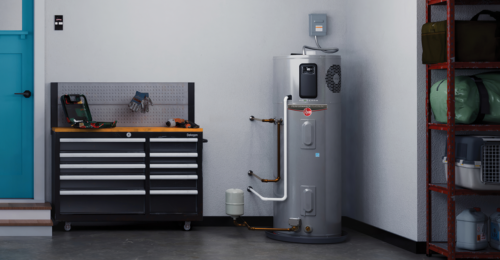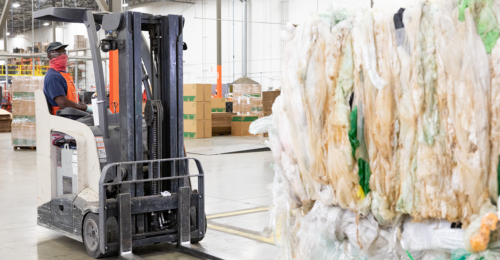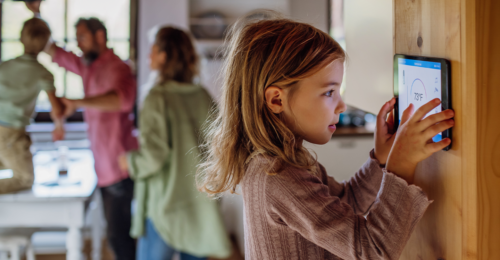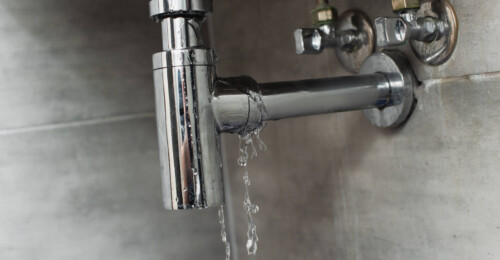Engineered Floors is one of the manufacturers behind the Home Decorators Collection of indoor carpets for The Home Depot. Their PureColor® carpets are made with solution-dyed polyester fibers. If you’ve seen the term “SD Polyester” while shopping for carpet, you’ve probably seen an Engineered Floors’ product.
While the name sounds simple, this carpet material represents an innovative technology that delivers outstanding performance along with tremendous environmental efficiencies.

To fully appreciate the disruption that solution-dyed polyester represents in carpet manufacturing, it helps to understand the traditional process. For generations, carpet has been made by weaving bleached fibers together. Color is added, after assembly, using traditional dying methods. Essentially, carpet is submerged in massive tanks to be saturated, heated and dyed. It is a process that is water and energy-intensive.
By comparison, Engineered Floors’ PureColor® carpets use a revolutionary process that applies color as the fibers are extruded. Synthetic materials, like polyester, come in the form of pellets. As those pellets are melted down into a solution, the color is applied, and the fibers are extruded from that solution. A good analogy for methodology is that of a carrot, which can be sliced in any number of ways, all of which reveal rich, immersive color. In contrast, traditional carpet dying is analogous with a radish, having a vibrant exterior and pale interior.
The PureColor® Process Yields Color and Performance
- Extrusion: A polymer pellet is melted down into a solution and drawn, or extruded, into long strands of fiber.
- Twist: After the fibers are extruded, fibers are twisted together in pairs. These two-ply fibers have added strength and durability. This is also where tonal qualities are created.
- Heat: The twisted yard is heated to lock the twist in place.
- Tufting: Once secured and locked, the two-play fabric is tufted into the carpet backing. This is where pile height, density, weight and patterns are achieved.
- Coating: The last step of the carpet assembly involves the application of a thin, smooth layer of latex between backing systems. This is also where soil protection is applied.
- Distribution: PureColor® carpet is made under one roof. Polymer pellets enter one end of the building and fully inspected carpet exits the other end where it is assigned and shipped to retail centers like The Home Depot.
PureColor® is a Greener Way to Manufacture Carpet
When compared with conventional carpet manufacturing, Engineered Floors PureColor® carpets account for the following environmental benefits:
- 87% Less Water
Solution-dyed manufacturing requires very little water and yields vibrant, stain-resistant carpet. In fact, the only instance in which a minimal amount of water is used is during the heat set step, which uses steam to lock twists in place. - 30% Less Energy
A direct result of consolidating all manufacturing processes under one roof. In addition to these efficiencies, the company has invested in state-of-the-art equipment such as electric forklifts. - 42% Less Green House Emissions
Using less energy throughout the manufacturing process has allowed Engineered Floors to minimize carbon emissions. Consolidated manufacturing has eliminated the need to transport materials from plant to plant.
Breathe Easy with Carpet from The Home Depot
As with all carpets sold at The Home Depot, Engineered Floors carpets are free of PFOAs/PFCs. Likewise, all of their carpets meet or exceed CRI Green Label Plus Certification standards for interior air quality.
Whether you’re looking for performance, non-toxic floor coverings or sustainable flooring choices, it’s a good time to reacquaint yourself with today’s carpet and the innovative manufacturers that are working hard to make the carpet industry more sustainable.






